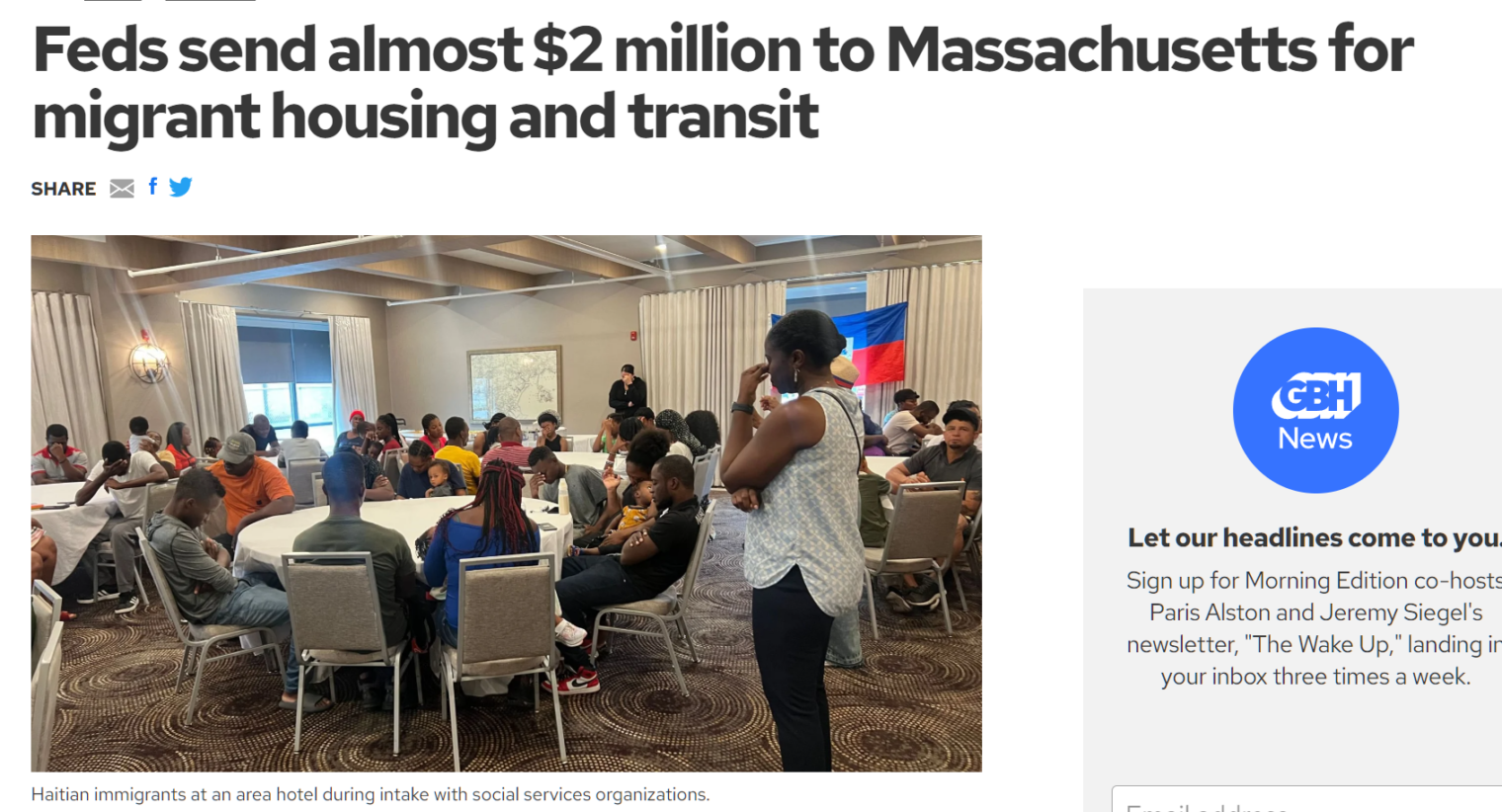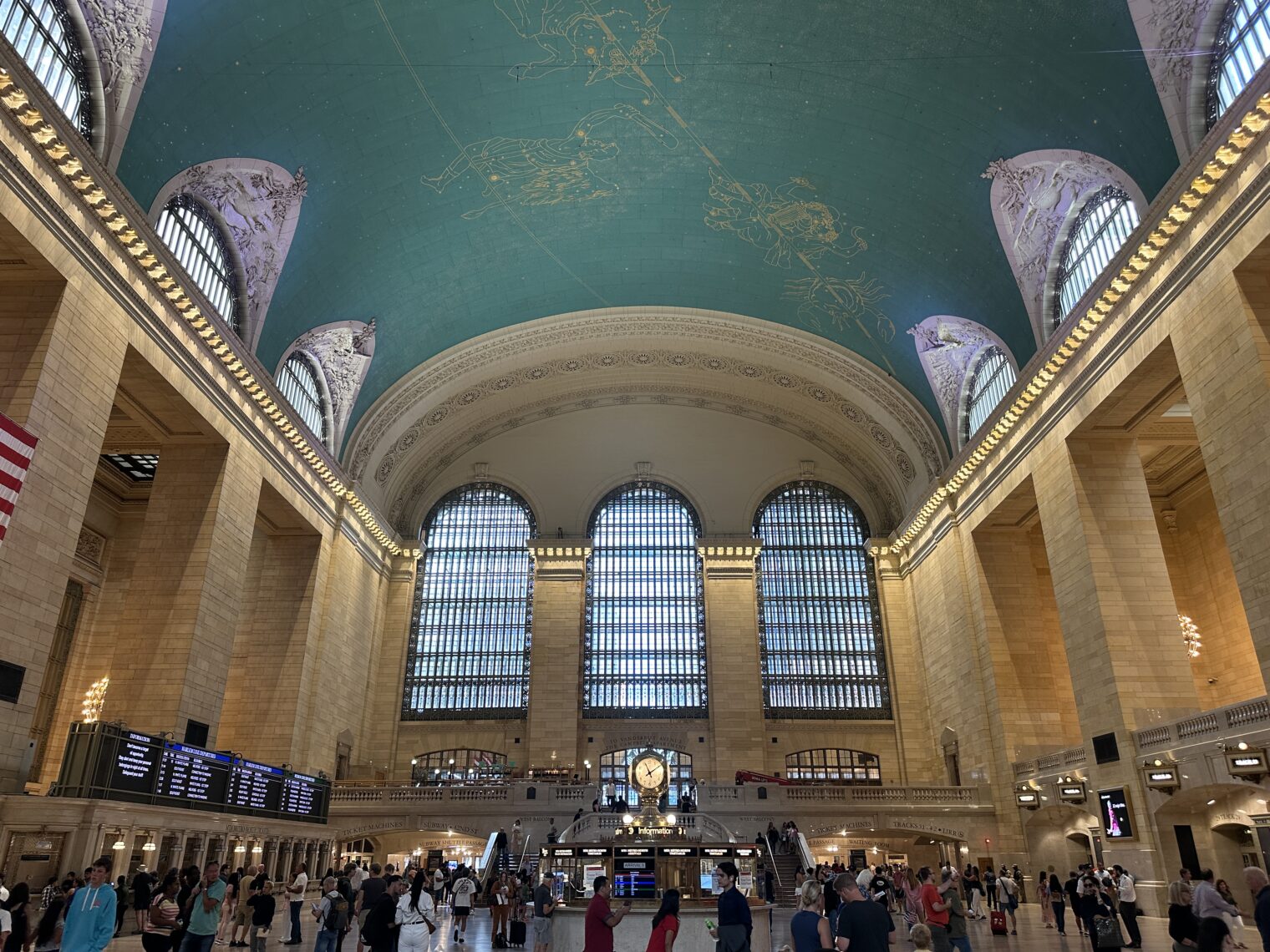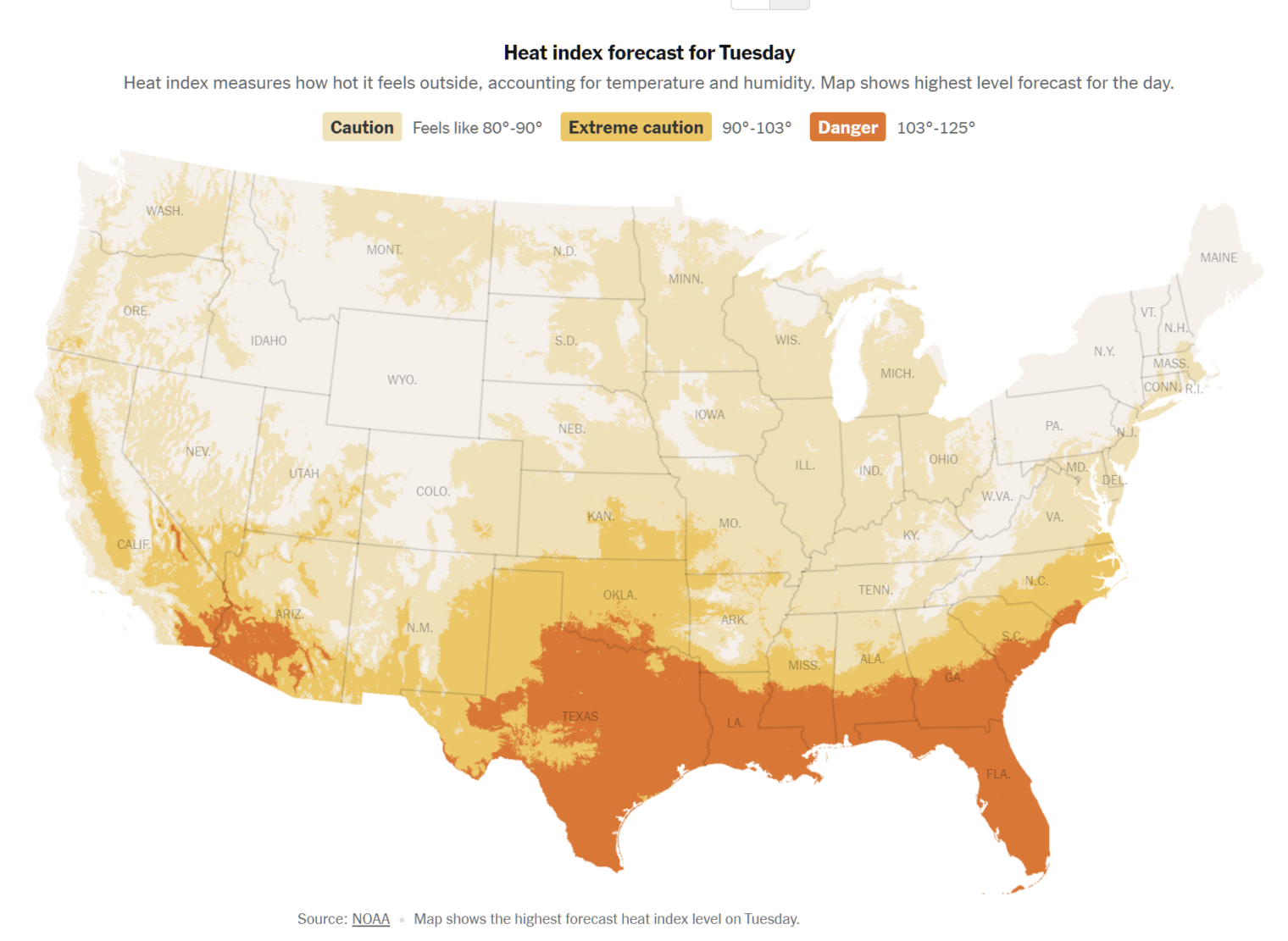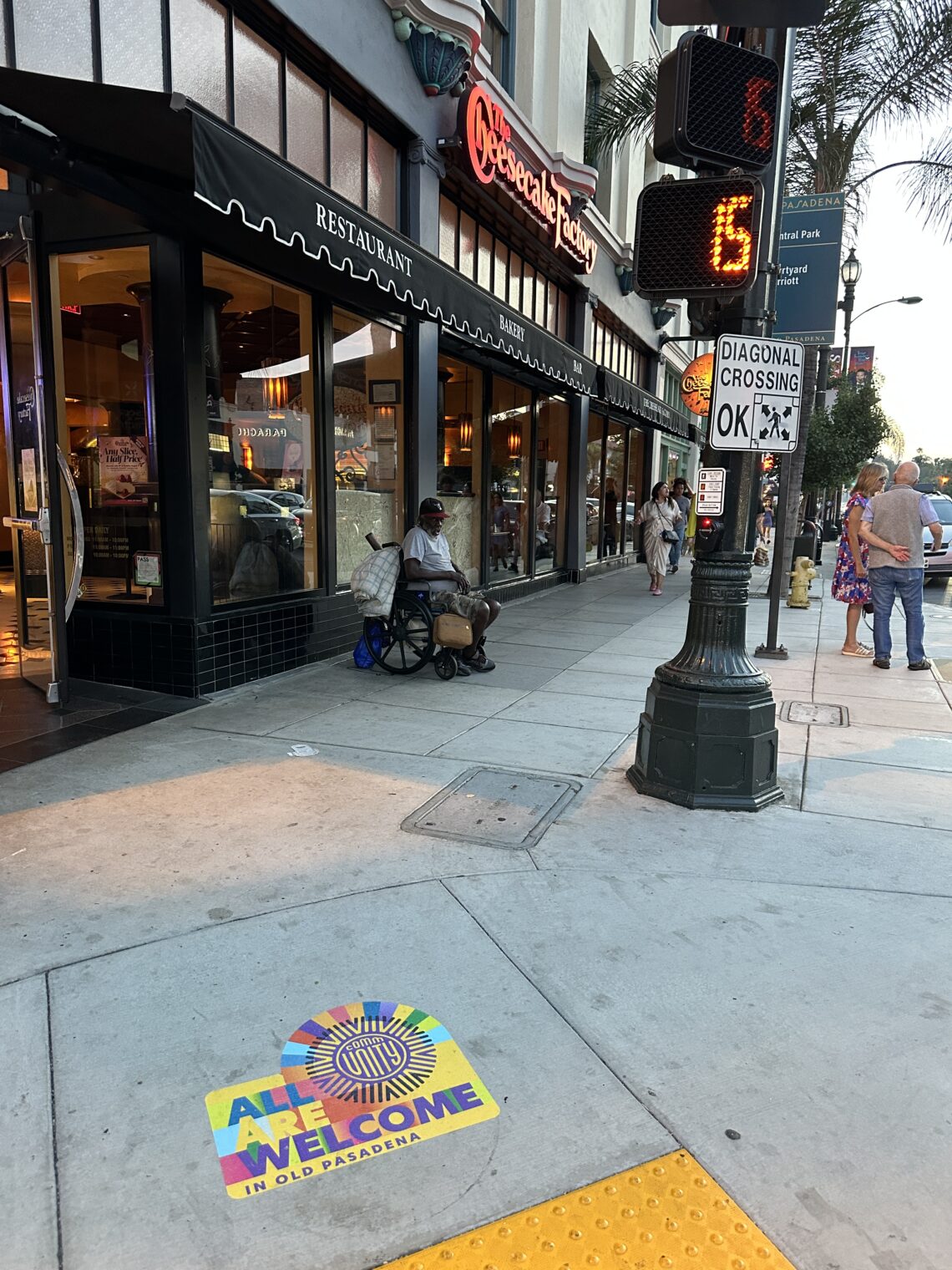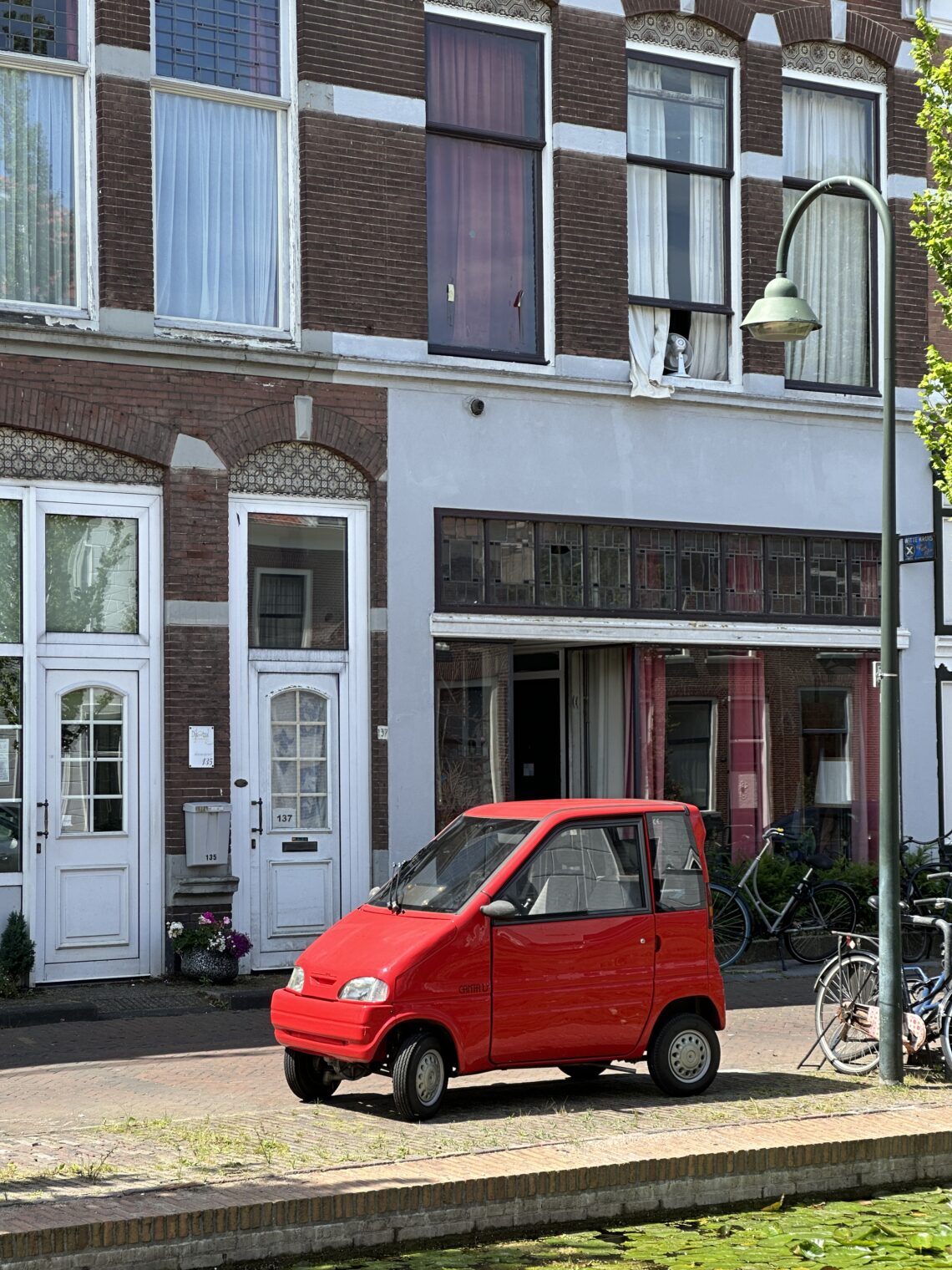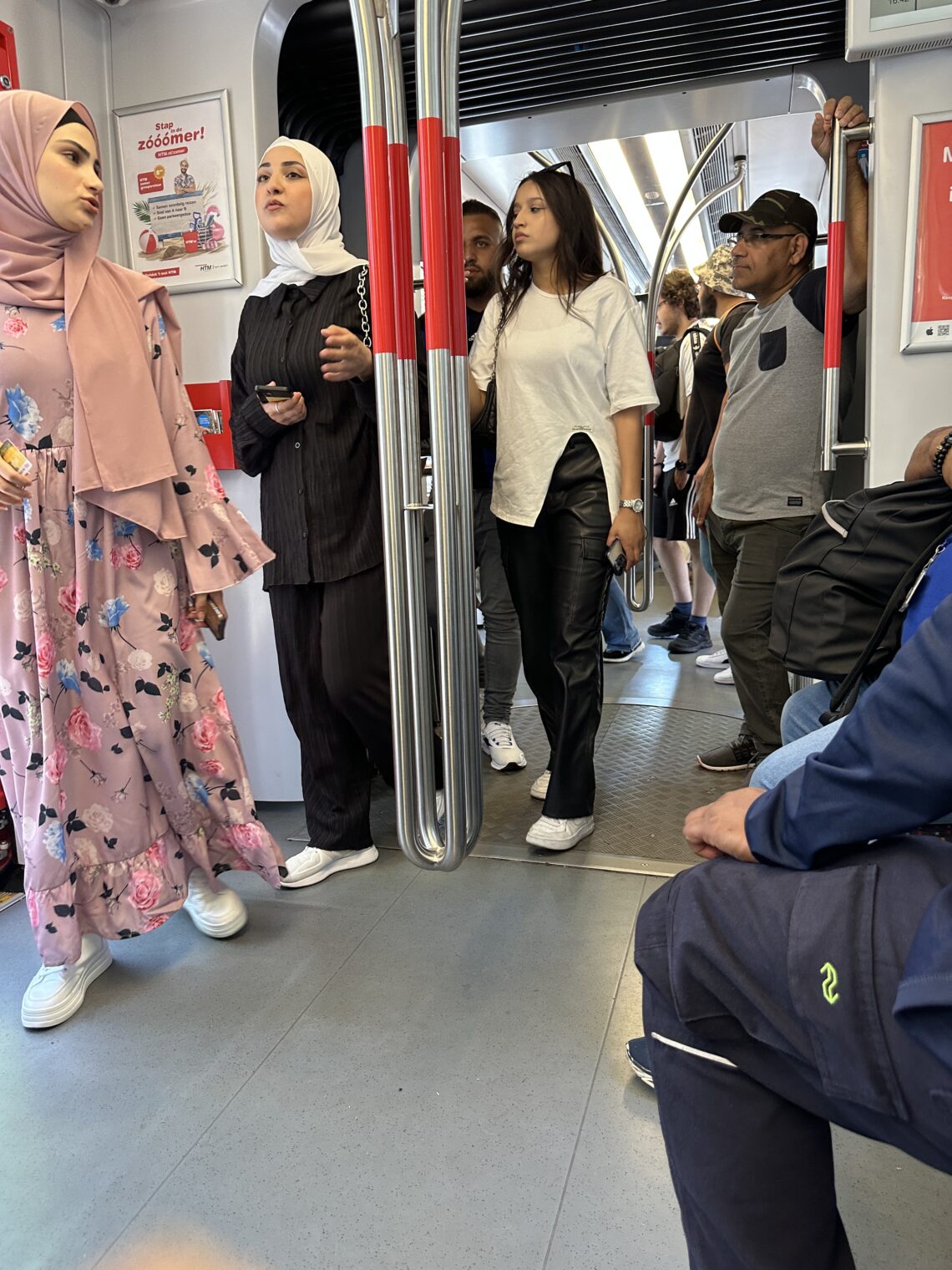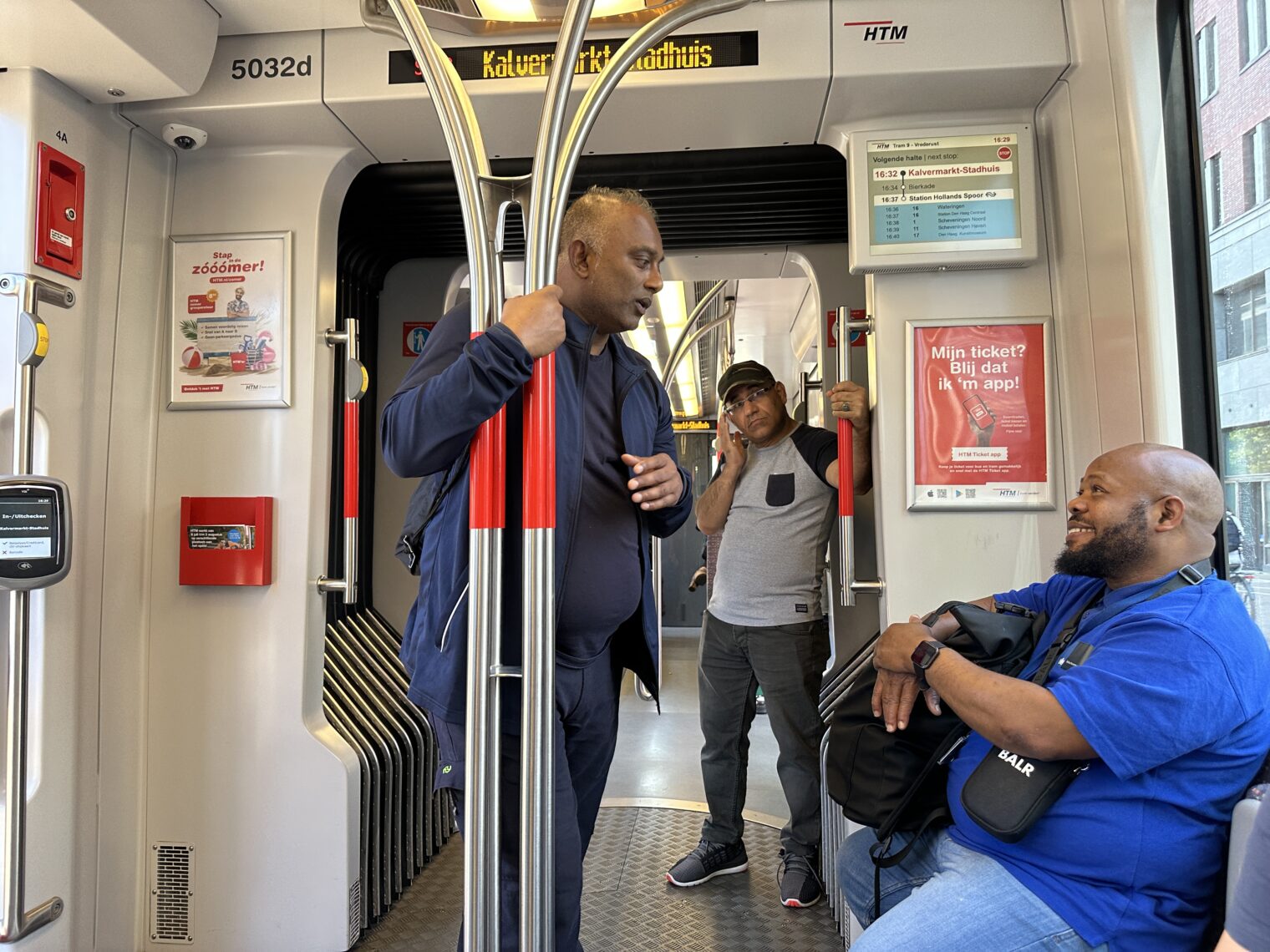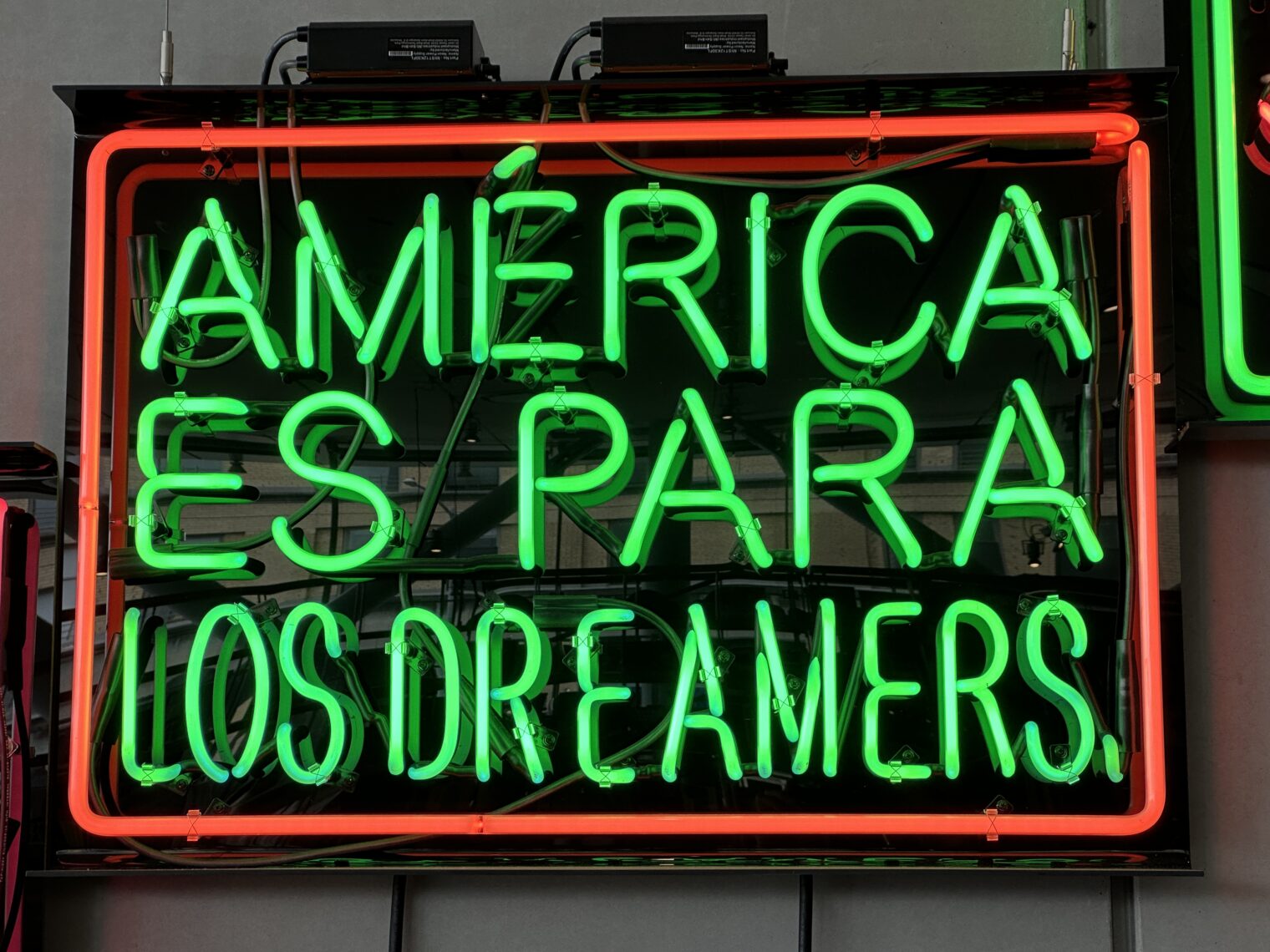Migrants in Maskachusetts want to work…
… but they can’t cook for themselves.
“As Migrants Are Placed Around Massachusetts, Towns Are Welcoming but Worried” (New York Times, today):
The mayor of Woburn, where hotels are housing 150 migrant families, said the state’s 40-year-old right-to-shelter law “was not meant to cover what we’re seeing now.”
[photo caption: Volunteers [in a church] cooked for Haitian migrant families in need of food at the United Methodist Church in Woburn, Mass.]
On Aug. 31, [Governor] Healey authorized more than 200 National Guard members to assist the more than 2,500 families living in hotels, a step meant to address a shortage of social service agencies to help incoming migrants.
… the volunteers … chafed with frustration when meals for the families arrived late from a state-contracted company
Translating for several adults, including his father, the teenager said their most pressing concern was how to swiftly become authorized to work. Current rules delay asylum seekers’ ability to work legally; Ms. Healey and elected officials in other states have increased pressure on the federal government to revise those policies.
The migrants have skills that would delight any employer and they desperately want to work. In fact, they hate to be idle. They were so busy learning calculus, physics, and engineering before they crossed the border that they never learned how to cook, which is why untrained volunteers and/or state contractors must cook and serve?
From the same article:
In Massachusetts, the only state with a right-to-shelter law that guarantees every family with children a place to stay, the crisis has been accelerating, with more than 80 cities and towns receiving migrants to date. … Officials estimate that as many as half of currently sheltered families are recently arrived migrants from other countries; most have come from Haiti, drawn by word of mouth and the pull of the state’s well-established Haitian community.
According to the NYT, the guarantee of free housing forever is not what has drawn migrants in.
Separately, on August 8, 2023, “Declaring a state of emergency, Gov. Maura Healey asks residents to host immigrant families as shelter system reaches capacity” (Berkshire Eagle). Friends who still live in Lincoln, Massachusetts, a town that is rich in “No Human is Illegal” signs in front of large single-family houses, report that they’re not aware of anyone in the town hosting an immigrant.
How long did Maskachusetts go without being in a state of emergency? Based on “the Healey-Driscoll Administration announced that the state’s COVID-19 public health emergency will end on May 11, 2023” (source), it looks like there was a three-month gap between emergencies.
Who’s paying for the owners of hotels and government contractors in Massachusetts to be enriched by the bonanza of undocumented immigrants? According to state-sponsored media, federal taxpayers outside of Massachusetts.
Boston plans to use the funds on temporary hotel rooms for eligible people, which will be staffed by emergency service providers.
Great news if you’re a hotel owner, in other words, and bad news if you’re in the market for a hotel room.
Full post, including comments